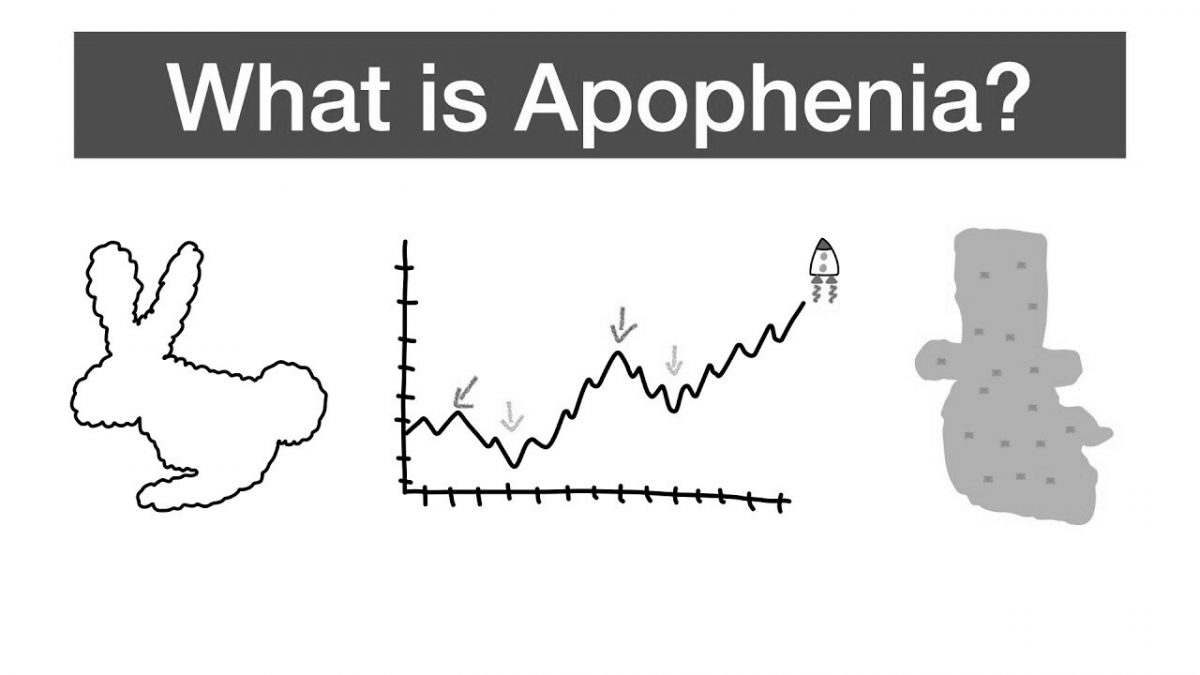Introduction
In the vast landscape of human cognition, certain mental models shape the way we perceive and interpret the world around us. One such intriguing phenomenon is known as Apophenia, a cognitive bias deeply rooted in our psychology. Apophenia refers to our tendency to perceive patterns, connections, and meaningful information in random or ambiguous data, even when no real correlation exists. This mental model holds significant relevance in decision-making processes, as it often leads individuals and groups astray, influencing them to make irrational choices contrary to their best interests. In this blog post, we will delve into the concept of Apophenia, explore its prevalence in our day-to-day lives, analyze its implications in personal, business, and public policy decisions, discuss the underlying biases that contribute to Apophenia, offer strategies to identify and avoid falling prey to this fallacy, and highlight the value of awareness in decision-making.
Understanding Apophenia: The Illusion of Patterns
Apophenia is deeply anchored in the human psyche and arises from our inherent cognitive biases and the need to make sense of the world. Our brains are wired to seek patterns and meaningful connections as a way to comprehend complex information efficiently. However, this natural inclination can lead us astray when we perceive patterns where none actually exist. This tendency to assign significance to random or unrelated data can result in a distorted perception of reality, leading to misguided decisions.
Examples of Apophenia in Various Contexts
- Personal Life Decisions: Imagine a person who believes in superstitions. They associate a series of coincidences, such as finding a penny heads up or seeing the number 7 repeatedly, with good luck. This belief in patterns and connections can influence their decision-making, leading them to make choices based on these perceived signs rather than objective analysis. Consequently, they may overlook rational factors that should truly guide their decisions, such as financial feasibility or personal preferences.
- Business Scenarios: In the corporate world, Apophenia can have significant implications. For instance, a marketing team notices a minor increase in sales after launching a new advertising campaign. Despite lacking a rigorous analysis of causation, they perceive a pattern and quickly attribute the success solely to the campaign. Driven by this perceived connection, they invest a significant portion of the budget into expanding the campaign. However, in reality, the spike in sales might have been due to seasonal factors or other unrelated causes. This hasty decision can lead to wasted resources and missed opportunities.
- Public Policy-Making: Apophenia can also influence public policy decisions. Politicians and policymakers may be prone to finding patterns or connections in unrelated events or data and formulate policies based on these perceived correlations. For example, if a city experiences a decline in crime rates simultaneously with an increase in police presence, policymakers might erroneously conclude that the increased police presence caused the decrease in crime. This oversimplification of complex societal issues can lead to ineffective policies and misallocation of resources.
Mental Biases and Psychological Underpinnings
Apophenia is intertwined with several cognitive biases that contribute to its prevalence:
- Confirmation Bias: Our tendency to seek and interpret information in a way that confirms our existing beliefs reinforces Apophenia. We selectively focus on data that supports our perceived patterns while disregarding contradictory evidence.
- Illusory Correlation: This bias occurs when we falsely perceive a relationship between two unrelated events or variables. It fuels Apophenia by making us assign significance to these illusory correlations.
- Priming Effect: Our previous experiences, beliefs, or exposure to certain stimuli can prime our minds to detect patterns and connections, further amplifying Apophenia.
- Pareidolia: This phenomenon involves seeing familiar patterns, such as faces, in random or ambiguous stimuli. Pareidolia is closely related to Apophenia and often leads to misperceptions and misattributions.
Strategies to Identify and Avoid Apophenia
Recognizing and mitigating the influence of Apophenia in decision-making can lead to more objective and rational choices. Consider the following strategies:
- Seek Objective Evidence: Place emphasis on reliable data and evidence-backed reasoning rather than relying solely on perceived patterns. Encourage critical thinking and encourage others to challenge assumptions and beliefs.
- Embrace Skepticism: Adopt a healthy dose of skepticism when interpreting patterns or connections. Question the basis of your conclusions and evaluate alternative explanations.
- Avoid Overgeneralization: Resist the temptation to extrapolate patterns from limited observations. Remember that isolated instances do not necessarily indicate broader trends or correlations.
- Emphasize Scientific Rigor: Promote the use of scientific methods and rigorous analysis when making important decisions. Encourage the consideration of control groups, statistical significance, and peer-reviewed research.
Conclusion
Apophenia, the human tendency to perceive patterns and connections where none exist, affects our decision-making processes in personal, business, and public policy contexts. Anchored in our psychology, Apophenia arises from cognitive biases such as confirmation bias, illusory correlation, priming effect, and pareidolia. Recognizing the presence of Apophenia and its associated biases is crucial to avoid falling prey to irrational decisions. By seeking objective evidence, embracing skepticism, avoiding overgeneralization, and emphasizing scientific rigor, individuals and groups can navigate away from this mental trap and make more informed choices. Ultimately, developing awareness and actively avoiding the influence of Apophenia can lead to improved decision-making, enhancing personal and collective outcomes.
